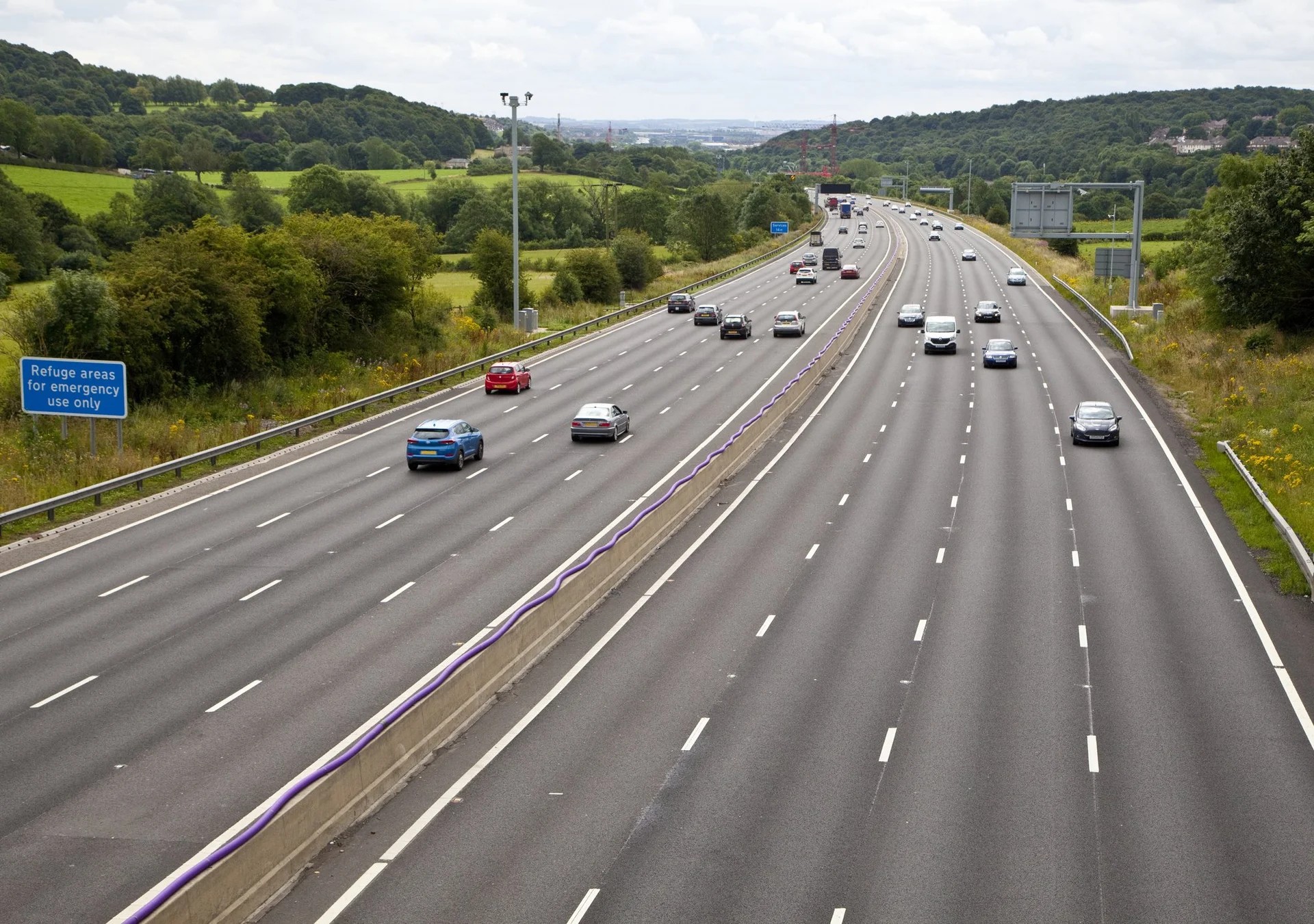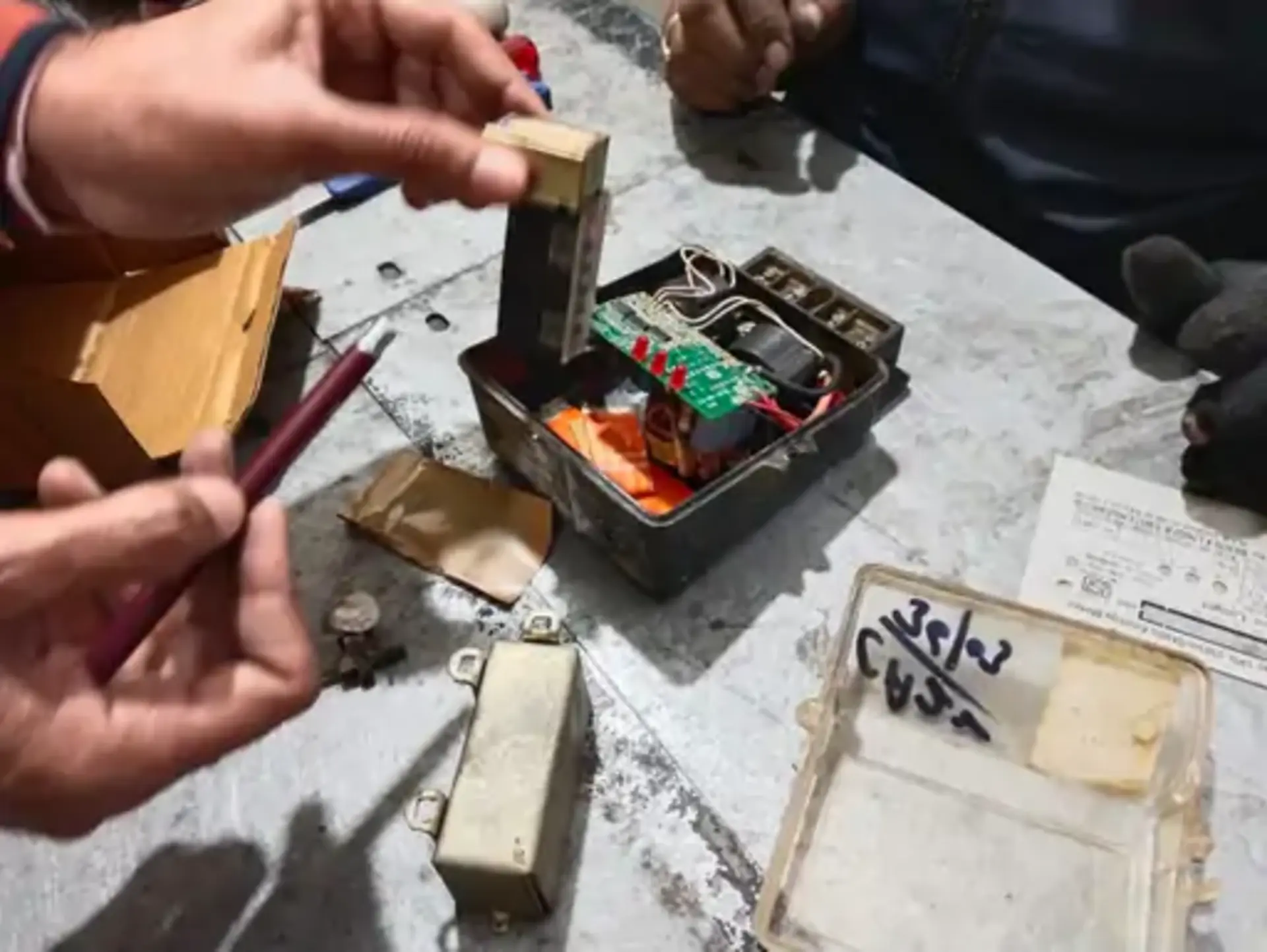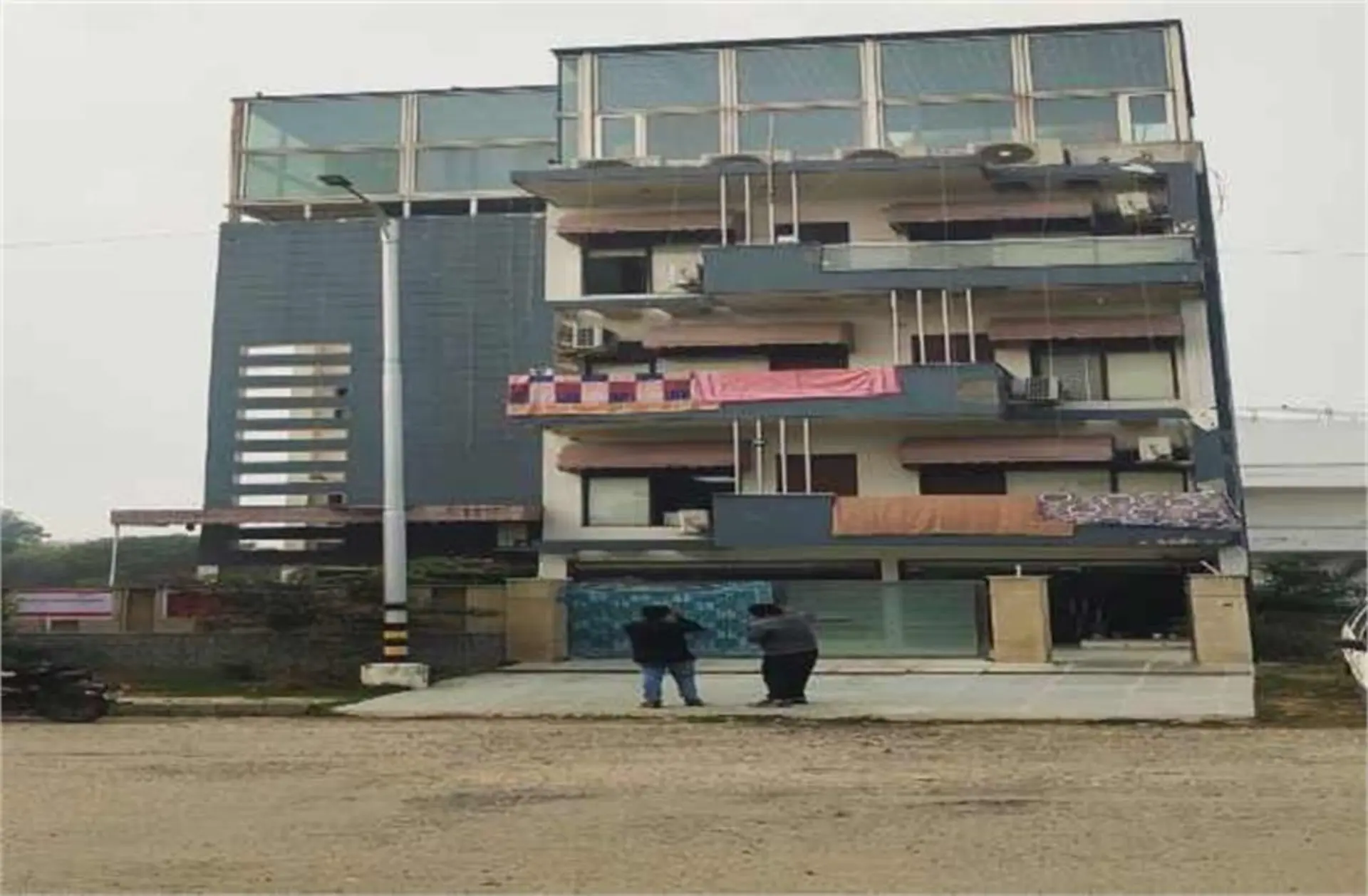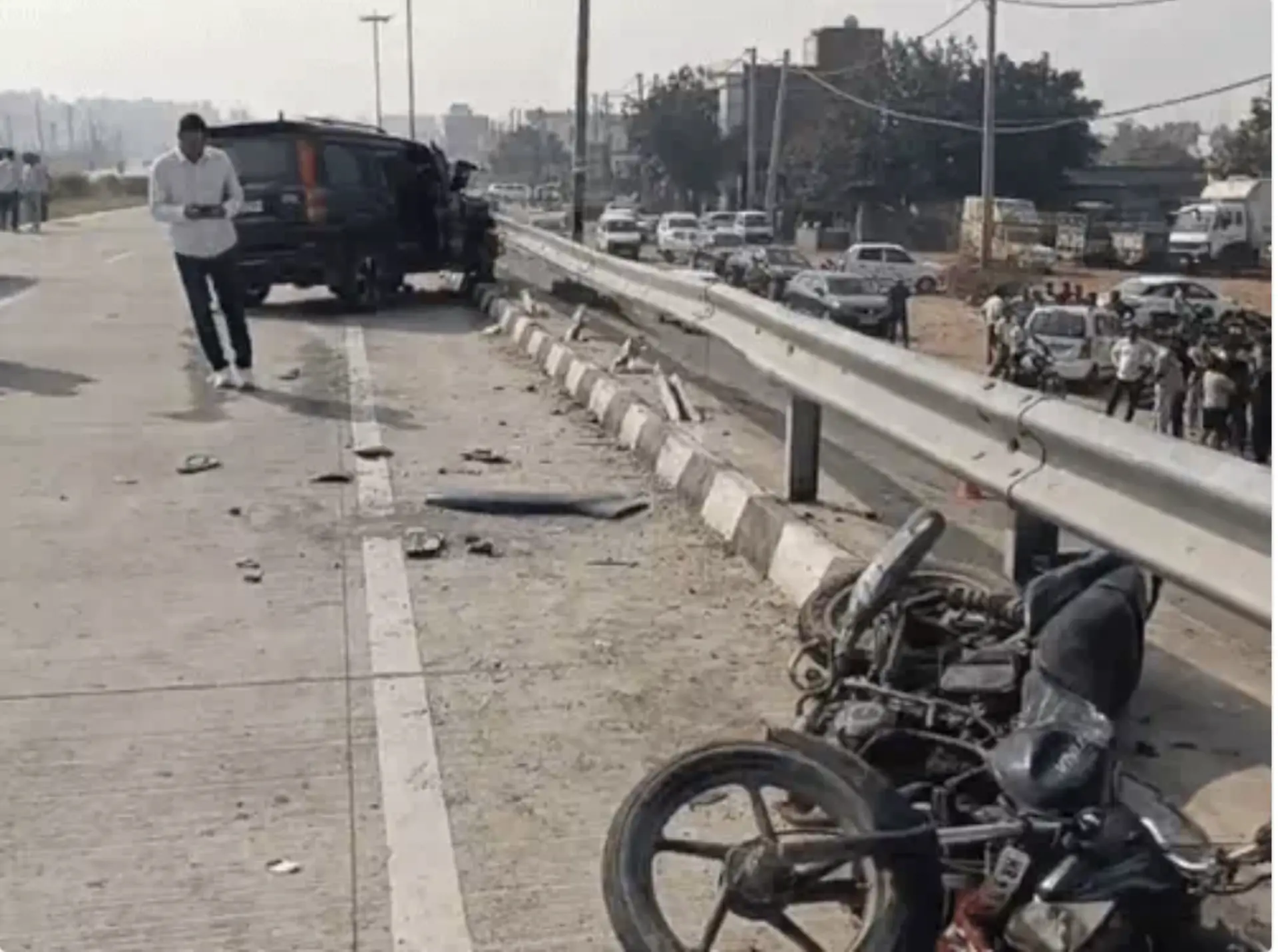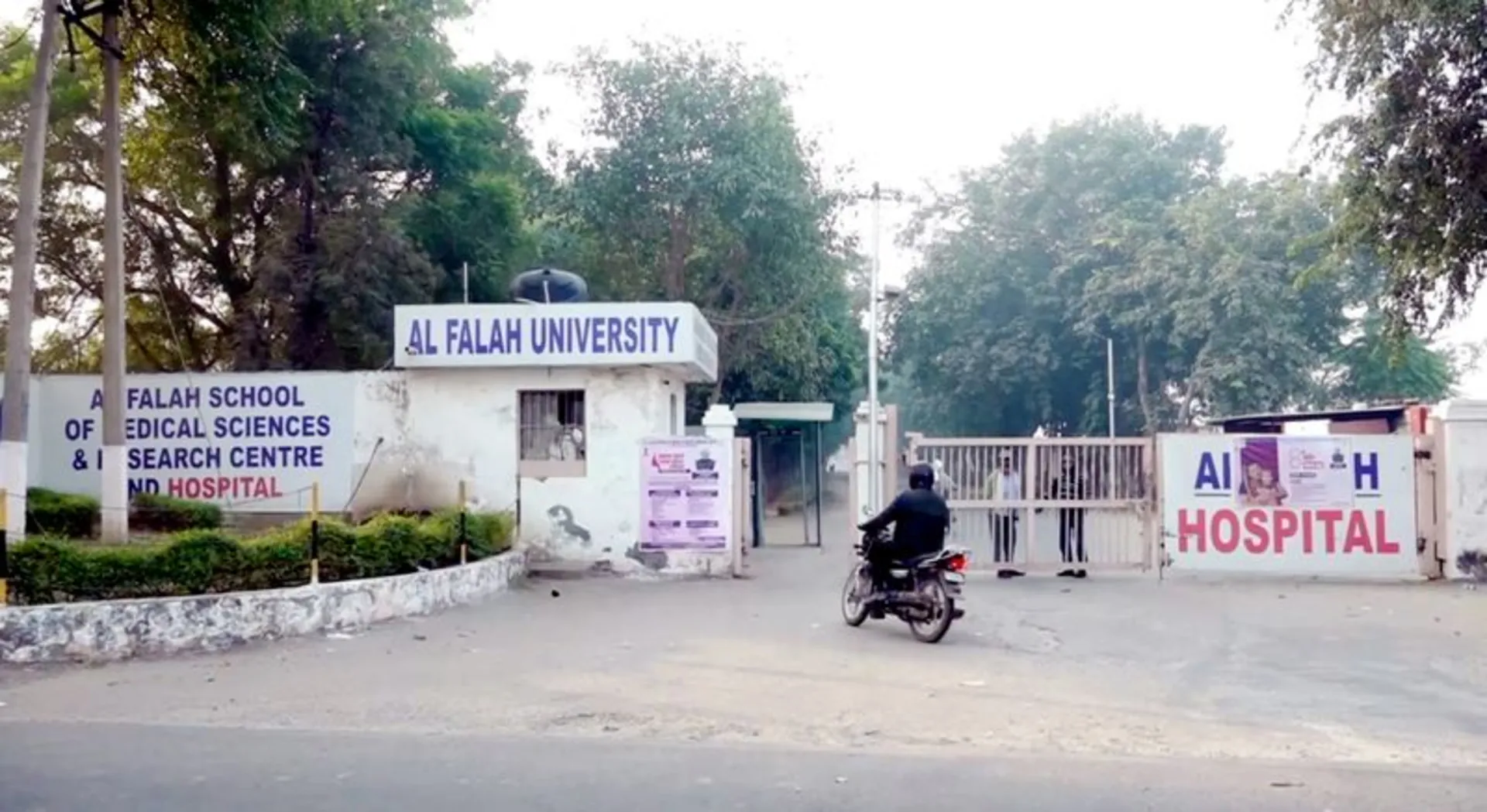
With 22 cities and towns reporting AQI levels ranging from "poor" to "severe," Haryana is facing a serious air quality crisis after the Diwali celebrations. There are major health concerns throughout the state as a result of the situation, which has significantly worsened from the previous year.
Areas Most Affected
With an AQI of 421 and Dharuhera in Rewari district at 412, Jind was the most polluted city in the nation. Out of 271 monitored locations, these two cities were the only ones in India to be classified as "severe." Just a day before Diwali, both cities had reported better air quality, indicating the dramatic impact of firecracker pollution.
Dharuhera's AQI stood at 382 at 9 am according to Central Pollution Control Board data, while Narnaul and Jind also recorded 'very poor' air quality at 367. Other severely affected areas included Charkhi Dadri (362), Rohtak (358), Yamunanagar (347), Fatehabad (320), and Ballabhgarh (318).
Regional Impact Assessment
Of 14 cities nationwide with 'very poor' AQI, eight were from Haryana, demonstrating the state's disproportionate pollution burden. The CPCB bulletin showed 12 Haryana cities with 'poor' AQI, eight with 'very poor' readings, and two in the 'severe' category. Only Mandikhera in Nuh district recorded 'satisfactory' air quality at 87.
Places with 'poor' AQI included Bahadurgarh (272), Gurugram (290), Karnal (243), Bhiwani (298), Faridabad (218), Kaithal (237), Kurukshetra (226), and Sonipat (285).
NCR Cities Struggle to Breathe
Gurugram and Faridabad experienced particularly toxic conditions, with many areas reporting AQI crossing 469. PM2.5 and PM10 levels exceeded normal limits by several times, creating hazardous breathing conditions. Over 150 people sought medical attention for respiratory difficulties and eye irritation at local hospitals.
District Commissioner Ajay Kumar ordered strict implementation of GRAP 2 (Graded Response Action Plan) measures. "Local pollution control board authorities have been asked to conduct hourly checks and penalize defaulters. Zero tolerance is being observed towards any polluting activity, be it burning of waste or non-management of construction dust," Kumar stated.
Multiple Contributing Factors
Dr. Ravindra Khaiwal, Professor of Environmental Health at PGIMER Chandigarh, explained that crackers caused the pollution spike, though meteorological conditions prevented even worse scenarios. "The situation could have been worse had wind speed and temperatures been lower. Right now, wind speed is 6-8 km/hr. If it reaches 12 km/hour, pollutants get dispersed," he noted. Open waste burning and stubble burning across Haryana and Punjab compounded the crisis. Despite Supreme Court orders restricting firecrackers to green varieties within stipulated hours, local authorities failed to enforce compliance effectively.
Public Health Concerns Resident Welfare Associations issued advisories asking senior citizens and children to remain indoors. Many housing societies began water sprinkling to temporarily reduce particulate matter. However, citizens' groups criticized the recurring failure to prevent seasonal pollution crises. "The city is choking and it's not a new thing. Every year, they come up with plans to ensure there is no smog but fail," said Ruchika Sethi from Citizens for Clean Air Bharat, highlighting systemic enforcement failures. Punjab cities also recorded concerning levels: Amritsar (253), Jalandhar (261), Ludhiana (234), and Patiala (207). Chandigarh recorded a relatively better AQI of 169.





